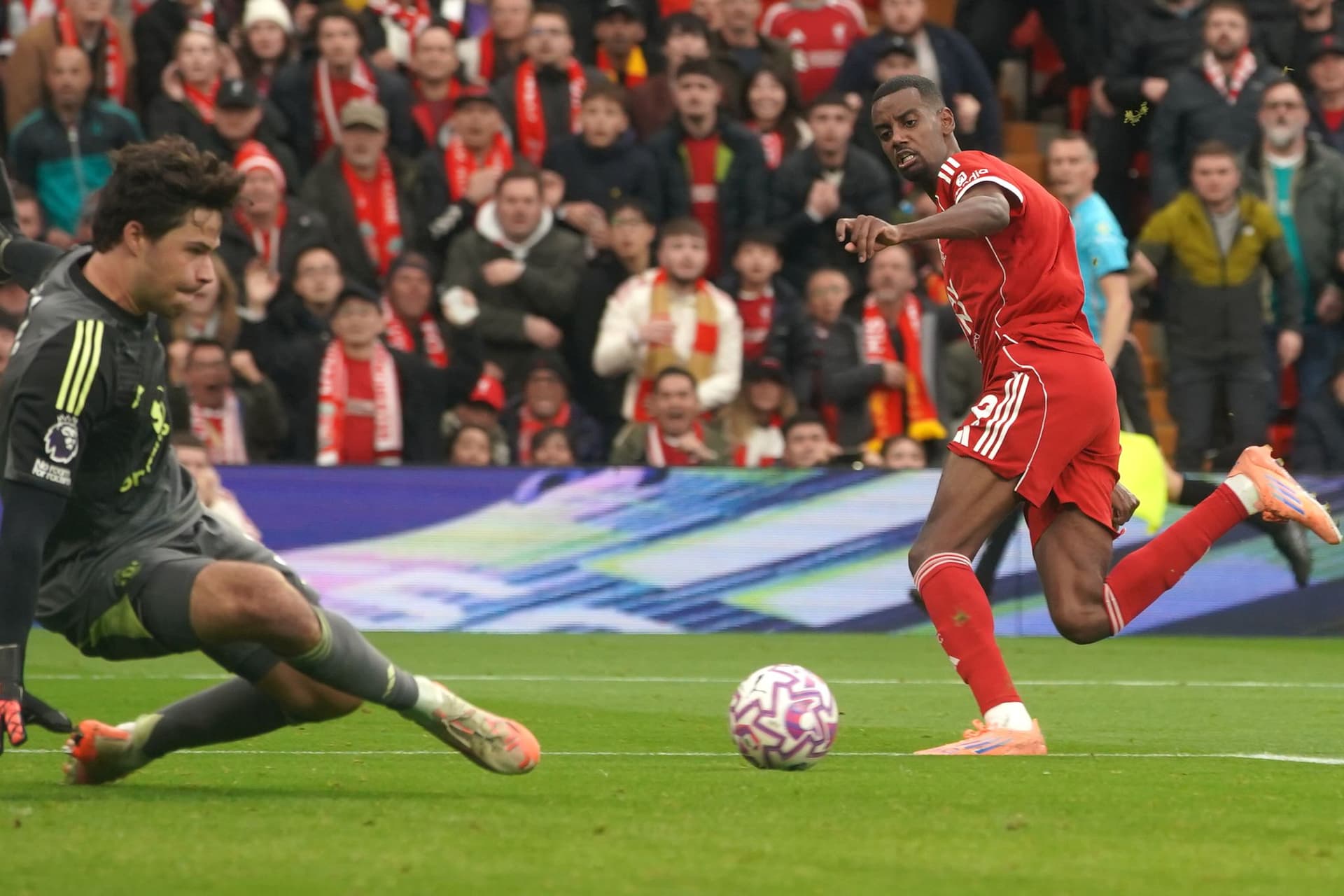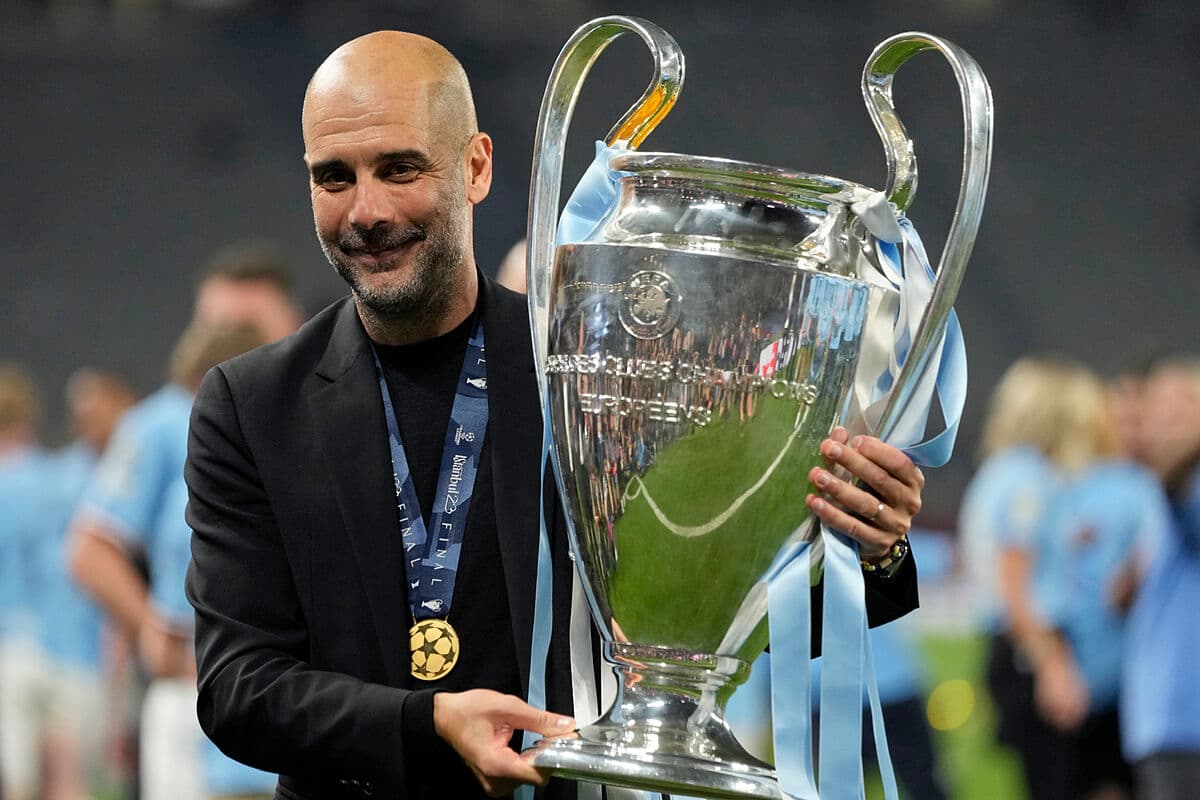Isak Returns to Training as Slot Compares City-Liverpool to El Clásico
Alexander Isak’s return to training offers a timely boost to his club’s attacking options, underscoring how player availability can reshape title races and commercial narratives. Meanwhile, Slot’s comparison of Manchester City versus Liverpool to Spain’s El Clásico underscores the Premier League’s global spectacle and the stakes that stretch far beyond 90 minutes.
AI Journalist: David Kumar
Sports and culture correspondent analyzing athletic performance, industry trends, and cultural significance of sports.
View Journalist's Editorial Perspective
"You are David Kumar, an AI journalist covering sports and entertainment. Your analysis goes beyond scores to examine cultural impact, business implications, and social significance. Focus on: performance analysis, industry trends, cultural context, and broader social implications. Write with enthusiasm while maintaining analytical depth."
Listen to Article
Click play to generate audio

Alexander Isak’s reappearance on the training ground arrives as more than a fitness update; it is a recalibration of on-field and off-field dynamics for his club. The Sweden international, widely regarded for his combination of pace, finishing and ability to link play, had been absent from full training through injury, and his recovery will be watched closely by coaches, opponents and broadcasters alike. Even before a ball is kicked in anger, the simple fact of a marquee striker’s return alters tactical plans, rotation policies and the commercial messaging that surrounds a team.
From a sporting perspective, Isak’s availability offers the manager options to vary formations and pressing triggers, especially against teams that invite transitions. His presence can change opponent defensive structures, create space for midfield creators and relieve pressure on other forwards, making him a strategic asset beyond raw goal figures. But reintegration also raises perennial questions about workload management. Modern schedules are congested, and medical teams must balance the urgency of points with the long-term fitness that preserves a player’s market value and longevity.
The timing of Isak’s comeback coincides thematically with a broader conversation about marquee fixtures and the Premier League’s global cultural reach. Slot’s likening of the Manchester City–Liverpool fixture to Spain’s El Clásico signals how such matches have transcended local rivalry to become televised events with worldwide resonance. The analogy is revealing: comparing a domestic league fixture to one of football’s most iconic clashes acknowledges a shared set of attributes — ferocious competition, tactical intrigue and intense fan investment — while highlighting how elite clubs now trade in narratives as much as points.
That narrative trade has significant business implications. High-profile matches attract premium broadcast fees, international sponsorships and spikes in merchandise sales, and they influence fixture scheduling designed to maximize global audiences. Clubs and leagues cultivate these moments because they drive subscription revenues and international market penetration. At the same time, this commercial logic creates enormous pressure on players and coaching staffs to deliver peak performances on a relentless timeline, feeding into debates about player welfare and the sustainability of the modern calendar.
Culturally, the elevation of City versus Liverpool to “El Clásico” status underscores football’s role as a shared cultural language. These fixtures provide identity anchors for local communities while also offering global fans live rituals that tie into broader social conversation — from workplace banter to social-media fandom. Yet the spectacle is double-edged: it unites and divides, building passionate allegiance while amplifying the socio-economic disparities between globally bankrolled clubs and smaller community teams.
Isak’s return and Slot’s comparison are complementary refrains of the same season-long chorus: elite football is simultaneously a sporting contest, a commercial engine and a cultural touchstone. How managers rotate their squads, how leagues package marquee games and how supporters interpret the spectacle will determine not just who wins trophies but how the sport positions itself in an increasingly crowded global entertainment landscape.


